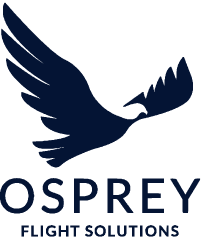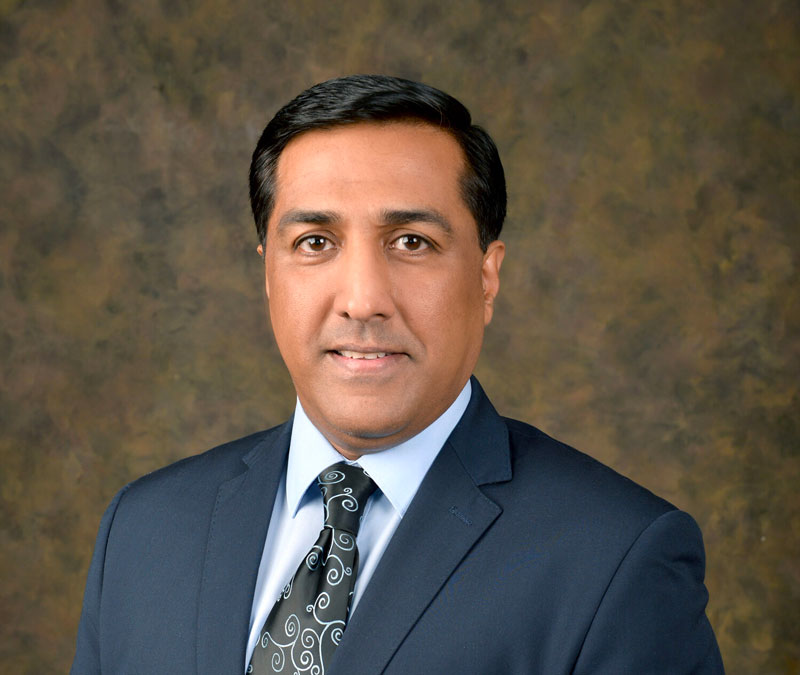THE LATEST LESSONS FROM PAKISTAN’S CUSTOMS AND BORDER CONTROL AGENCIES
The menace of smuggling drugs, contraband and currency is a global issue. Governments and their agencies are working around the clock to counter the illegal movement of such items to other countries by land, sea and air. Keeping the delicate balance between assisting genuine trade flow while at the same time not allowing illicit trade flow is a difficult challenge. The latest trends in concealment have made it all the more important to have a proactive approach and learn from past experiences. Navaid Ahsan outlines Pakistan’s approach to border screening, illustrates the nature of concealments being made and considers the lessons for those trying to protect aviation from even more nefarious acts.
Similar to other countries, Pakistan faces major challenges in the field of transnational organised crime (TOC), necessitating coordinated action by the national authorities with international support, particularly through capacity building. Pakistan is signatory to a number of multilateral treaties on TOC, including those related to drug trafficking, and efforts are underway to enhance effective implementation of these treaties at the national level. The Government of Pakistan and its agencies have worked closely with the United Nations Office on Drugs and Crime (UNODC) to ensure the implementation of a country programme (which was signed in December 2016). This highlighted the commitment of both sides to jointly work in the areas of: illicit trafficking and border management; the criminal justice system and legal reforms; and drug demand reduction, prevention and treatment. Pakistan has three dedicated agencies dealing with anti-smuggling at the aviation borders of Pakistan (airports). The Anti-Narcotics Force (ANF) deals with drugs, Pakistan Customs (PCS) deals with contraband, and Airports Security Force (ASF) deals with weapons and explosives.
The Anti-Narcotics Force is the principal agency for combating the supply of, and addressing demand reduction in, illicit narcotic drugs that enter Pakistan, primarily through the long porous border with Afghanistan. These drugs are then smuggled out of Pakistan through the Pakistan Iran border, Makran Coast, Indian Ocean and by air. The ANF has its Headquarters at Rawalpindi with five Regional Directorates in Rawalpindi, Lahore, Karachi, Peshawar and Quetta. Pakistan Customs is serving as the guardian of Pakistan’s borders against movement of contraband goods and is a facilitator of bona fide trade. The anti-smuggling powers delegated previously by Pakistan Customs to the Pakistan Rangers and Frontier Constabulary, were withdrawn in view of the expansion of PCS in border regions and now Pakistan Customs is having an enhanced antismuggling role in border areas which will allow it to play an important role in national development. The Airports Security Force is a federal force of around 14,000 men and women and is responsible for the security of all 24 airports in Pakistan. The ASF performs the most challenging task at the airports – physical security – which includes the car parks and perimeters as well as passenger screening, baggage screening and CCTV monitoring and surveillance. Although not directly responsible for drugs and contraband, ASF has highly trained and experienced screeners who can identify all types of drugs and contraband as well as weapons and explosives, while conducting passenger and baggage screening. The screening and searching of passengers and their baggage is an essential and basic part of aviation security. Generally, the basic rule is that all passengers, their hold baggage and cabin baggage must undergo screening before being permitted to have access to the aircraft or a sterile area of an airport. The screening of passengers and their baggage is the most publicly visible part of the aviation security regime. It utilises a combination of specialist equipment and the judgment of screening personnel to detect and control prohibited items and identify certain behaviours.
Limitations of X-ray Systems
No X-ray system has yet been produced that can make autonomous decisions for acceptable and reliable threat detection; all still heavily depend on human operators to view and interpret the images. It is vital that X-ray operators understand the limitations, as well as the advantages, of X-ray as a security tool in order to allow the screening staff to overcome them. A threat item in a bag will often be hard to identify as it is difficult to predict how criminals will conceal/position drugs, weapons and IEDs. Identifying explosives and drugs using X-ray screening is even more difficult than detecting weapons because drugs do not have defined, predictable forms; they can be liquid or solid and in any shape or size. Passengers and their baggage are screened twice by ASF for any drugs, contraband, weapons or explosives. The first security checkpoint screens the hold baggage, hand baggage and is where the body search of passengers takes place and the second security checkpoint, before entering into departure lounge, is for secondary hand baggage and body search screening. A constant challenge which these forces (and especially ASF) face, is the new and unique methods of concealing drugs and contraband by smugglers or their carriers. This happens quite frequently and range from simple efforts to some which are more ingenious. This makes the job of the screeners and security staff more challenging, requiring them to be constantly alert to ensure they conduct effective profiling and professional screening. ASF personnel are well trained to identify abnormalities and make accurate judgements on the countless concealment techniques used by these criminals. To facilitate passengers, joint search counters made up of staff from ASF, Customs and ANF have been established at all international airports in Pakistan. Any baggage, if deemed suspicious, is opened in the presence of staff of all the three agencies. Previously, criminals used to simply place illegal items inside their baggage, but due to the advances in technology, new trends in concealment have emerged.
“…joint search counters made up of staff from ASF, Customs and ANF have been established at all international airports in Pakistan. Any baggage, if deemed suspicious, is opened in the presence of staff of all the three agencies…”
These include:
- The use of impenetrable substances, such as wrapping items in aluminium foil,
- Disguising illegal items as safe, innocent items, e.g. in peanut shells or cricket bats, and
- Concealing them within home appliances, such as meat grinders or microwave ovens.
Concealment
A broad range of concealment methods have been used in the past that still remain relevant when hand searching baggage and there is no limit to what can be used to conceal contraband items. Hundreds of everyday articles can be modified and used to conceal drugs and explosive devices, including vacuum flasks, stuffed toys, food items, aerosol cans, boxes of sweets, and gift-wrapped lead crystal vases (that show up opaque on X-rays). Experience has shown that simple concealment techniques can be just as effective as elaborate ones. The actual containers, bags or boxes of an item can themselves be turned into devices, for example, by rolling plastic explosive into sheets and placing it within lining.
Mitigation
The procedures adopted at airports by the airport’s security staff for mitigation are:
- Observing whether passengers whose bags are selected for a search appear nervous – which can indicate that the bag contains something prohibited,
- Performing correct search techniques of baggage,
- Using explosive trace detection equipment,
- Opening and examining suspicious baggage to ensure that there is no false bottom/lining,
- Using a straight edge gauge-rule or a rod to establish whether there is a significant discrepancy in external and internal measurements.
- Paying particular attention to the lining, trim, seams, rims, studs, zip fasteners, locks, hinges, wheels and handles of bags to identify signs of tampering or repair which may indicate the concealment of a prohibited article,
- Removing and examining the contents of the bag, layer by layer, until the bag is empty. The empty bag is then lifted by hand and assessed for balance and empty weight,
- Electrical items that might conceal a firearm, weapon or explosive device (e.g. razors, coffee makers, meat grinders, microwave ovens, hairdryers, radios, clocks, cameras, laptops etc.) are examined to ensure they have not been tampered with, are of the expected weight, are balanced and have no additional batteries. If required, an item is screened by X-ray to ensure that it has no additional power source or that there is no organic material within what should be an inorganic shell, Articles such as vacuum flasks, books, umbrellas, crutches etc., are examined in sufficient depth and by X-ray if necessary,
- Special attention is given to the contents of containers and bottles capable of holding volatile liquids. Liquids are rejected when there are grounds for suspecting that they may be used to commit an unlawful act,
- Special attention is given to passengers taking home appliances especially on international flights.
Searching the Person
There are many places on the body that can be used to conceal items which are difficult to search. Likewise, items can be concealed in many items of clothing such as jacket linings, padding of shoulders, hats, ceremonial/religious headdresses, ties, pockets, collars, lapels, waistbands, belts, tops of shoes, heels/soles of shoes and boots. Items can also be hidden in everyday articles carried by person being searched (e.g. newspapers and books).
CT Scanning
Recently, airports in Pakistan have adopted more advanced X-ray scanning systems to check passenger baggage for drugs and explosives, based on computed tomography (CT) scans. This also helps the screener in searching for concealed items in a better way.
Images
There are numerous ways in which a criminal can hide illegal items and few of them can be very ingenious. Therefore, there is a need to have a resilient security culture amongst the states to share information regarding the creative concealment tactics being used.
“…images of all intercepted concealments at Pakistan’s 24 airports are shared amongst the airports so that staff remain aware of the latest trends and methods of concealment being used…”
The images surrounding this article demonstrate the latest concealment trends. All show concealments identified at airports around Pakistan.
Continuous Quest for Improvement
Pakistan is committed to improve beyond excellence to ensure that no drugs, contraband items or explosives pass through their airports. The screeners and searchers are given regular refresher training, and images of all intercepted concealments at Pakistan’s 24 airports are shared amongst the airports so that staff remain aware of the latest trends and methods of concealment being used. Screening and searching duties require 100% vigilance and high degree of competence. A minor mistake or casual attitude will jeopardise the whole aviation system. Suitable training is vital to raise the confidence level of ASF staff and to achieve the 100% results required.













